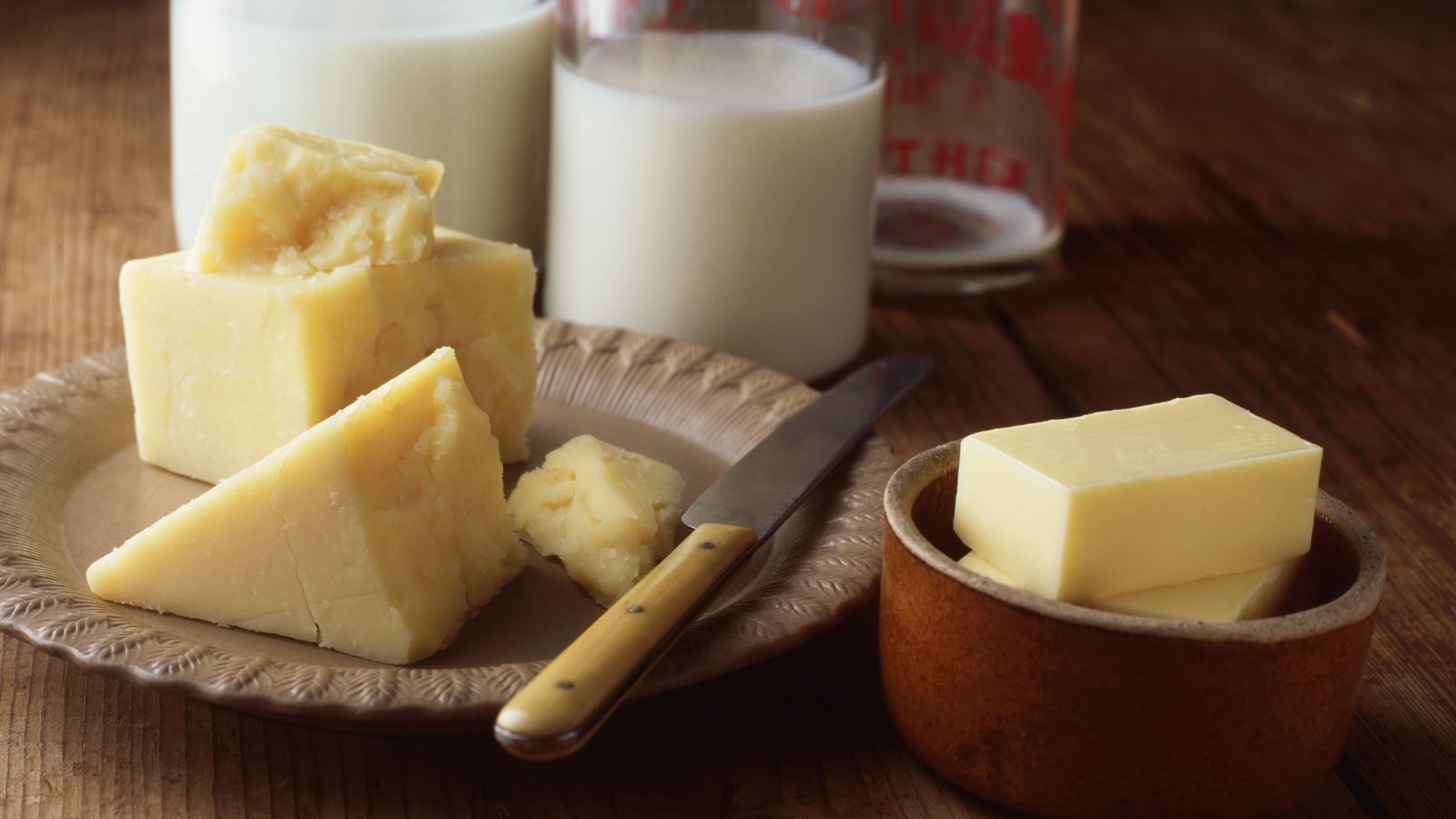Grocery Costs Surge as Inflation Rises to 1.9%
Table of Contents
- 1. Grocery Costs Surge as Inflation Rises to 1.9%
- 2. Core Inflation Hits 2.5%
- 3. Milk, Butter, and Potatoes See Price Hikes
- 4. Slight Price Drops for Bread
- 5. Other Notable Price Changes
- 6. Planning for Rising Costs
- 7. What strategies can consumers use to stretch thier budgets and manage higher grocery prices during periods of inflation?
- 8. Grocery Costs Surge, Inflation Rises to 1.9% – Interview
- 9. Inflation on the Rise
- 10. Groceries Hit Hard
- 11. Weathering the Storm
- 12. The Road Ahead
The cost of essential household items like milk, butter, and potatoes have seen notable increases in the past year, according to new data released by the Central Statistics Office (CSO). Inflation climbed to an annual rate of 1.9% in January, up from 1.4% in December.
Core Inflation Hits 2.5%
excluding the volatile categories of energy and unprocessed foods, the consumer price index (CPI) rose by 2.5% over the 12 months leading to January. This core inflation figure suggests a broader trend of rising prices across the economy.
Milk, Butter, and Potatoes See Price Hikes
The CSO data revealed specific increases in the prices of common grocery items. A pound of butter saw a 55 cent increase in January, while Irish cheddar gained 35 cents per kg. The price of two liters of full-fat milk jumped by 18 cents, and a 2.5kg bag of potatoes increased by 11 cents.
Slight Price Drops for Bread
Despite the overall upward trend, there were marginal reductions in the price of bread. A loaf of brown sliced pan decreased by 2 cents, and a loaf of white sliced pan dropped by 1 cent compared to January of the previous year.
Other Notable Price Changes
Alcoholic beverages and tobacco prices increased by 3.1%, while health costs rose by 1.4% in January compared to December.the CSO noted that the most significant annual price increases occurred in restaurants and hotels, with costs up 3.9%, and in transportation, which also saw a 3.9% increase.
Though, prices for clothing and footwear dropped by 6.5%, and furnishings and household equipment prices eased by 0.8%. the most notable monthly price changes were also observed in clothing and footwear, with prices decreasing by 8.6% likely due to sales. The cost of recreation and culture also fell by 4.3%.
Planning for Rising Costs
The ongoing rise in inflation can have a significant impact on household budgets. It is essential for consumers to carefully monitor their spending and explore ways to stretch their finances. This may involve seeking out discounts and promotions, comparing prices across different retailers, and considering alternatives to more expensive items.
>
Staying informed about price trends and adjusting spending habits accordingly can help mitigate the effects of inflation.
What strategies can consumers use to stretch thier budgets and manage higher grocery prices during periods of inflation?
Grocery Costs Surge, Inflation Rises to 1.9% – Interview
With inflation climbing to 1.9% in January, household budgets are feeling the squeeze. Archyde caught up with financial expert and economist, Dr. Ava Thompson, to discuss the recent rise in grocery costs and its impact on consumers.
Inflation on the Rise
Archyde: Dr. Thompson, the latest data shows inflation has climbed to 1.9%. Can you help our readers understand what this means for their daily shopping?
Dr. Thompson: Absolutely. Inflation is essentially a measure of the average price increase, or decrease, in goods and services over a specific period of time. When inflation is high, like we’re seeing now, it means that prices for everyday items like groceries are increasing, reducing your purchasing power.
Groceries Hit Hard
Archyde: We’ve seen notable increases in household essentials. What’s behind these price hikes?
Dr. Thompson: Several factors contribute to rising grocery costs.anye things such as higher input costs for producers, transportation and distribution challenges, and international supply chain disruptions all play a role. Additionally, increases in energy and fertilizer prices can directly impact agricultural production costs, leading to higher prices for consumers.
Weathering the Storm
Archyde: What advice do you have for consumers looking to stretch their budgets during this period of high inflation?
Dr. Thompson: it’s crucial to stay informed about price trends and adjust spending habits accordingly. Shoppers should comparison shop across retailers, seek out discounts and promotions, and consider store-brand or generic alternatives to more expensive products. For instance, switching from name-brand to store-brand products can result in significant savings over time.
The Road Ahead
Archyde: As we look forward, what trends do you anticipate seeing in grocery prices and inflation?
Dr. Thompson: Predicting the future with certainty is always challenging, but I expect we’ll continue to see some volatility in grocery prices in the coming months. However, the extent and duration of these price increases will depend on various factors, including global supply chain issues, weather patterns, and geopolitical events. Consumers should remain vigilant and adaptable in the face of changing prices.
Stay informed and adaptable – that’s the key to navigating the world of rising inflation and grocery costs. thank you, Dr. Thompson, for your insights into this ever-changing landscape. Readers, share your strategies for managing higher grocery prices in the comments below.




